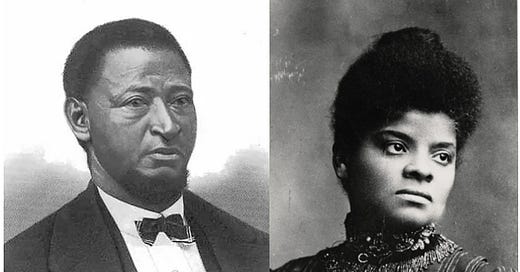So far in my series on Black history, the events I’ve presented have shown the injustice that white people have perpetrated on to them. I’ve only scratched the surface of that broader story in the first 22 posts.
However, what might be more important and certainly more consequential in terms of outcomes, is the agency and …
Keep reading with a 7-day free trial
Subscribe to Things We Don't Talk About Like Politics & Religion to keep reading this post and get 7 days of free access to the full post archives.




